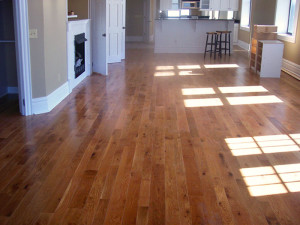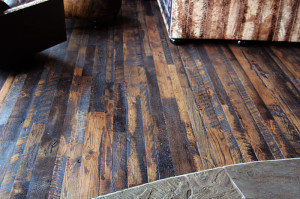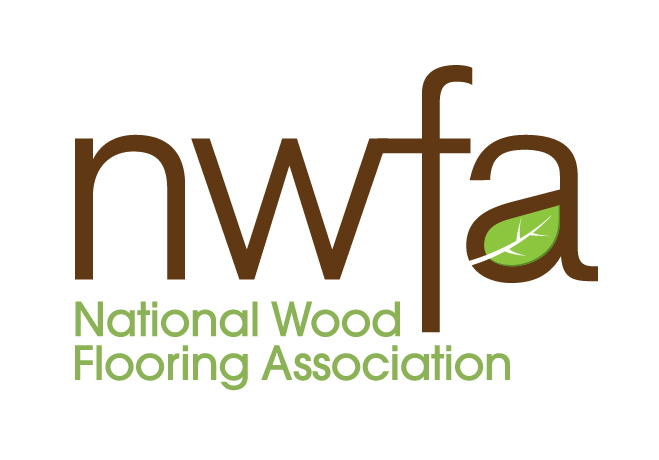Environmental Benefits of Wood Floors
Wood flooring is the most abundantly renewable flooring material available. Sustainable forest management makes it possible to harvest wood without any serious impact on the environment, because trees are a renewable resource that can be replaced time and time again.
Check out these environmental facts about wood floors:
-
 Average annual net growth for hardwoods is greater than average annual removals (Source: US Department of Agriculture Forest Service)
Average annual net growth for hardwoods is greater than average annual removals (Source: US Department of Agriculture Forest Service) -
Indoor air quality is better with wood floors (Source: US Environmental Protection Agency)
-
Wood is a carbon neutral product that produces oxygen during its growth cycle and stores carbon during its service life (Source: University of Wisconsin Wood Products Program Solid Wood Flooring Life Cycle Analysis)
-
Wood floors use less water and energy to produce than other flooring options (Source: University of Wisconsin Wood Products Program Solid Wood Flooring Life Cycle Analysis)
-
At the end of its service life, wood flooring can be burned as fuel or recycled (Source: University of Wisconsin Wood Products Program Solid Wood Flooring Life Cycle Analysis)
-
Wood floors last hundreds of years, so won’t need to be replaced as often as other flooring options (Source: National Association of Home Builders)
-
While it takes most hardwood trees 40-60 years to mature, the inventory planted today won’t be needed for 100-plus years (Source: National Wood Flooring Association)




